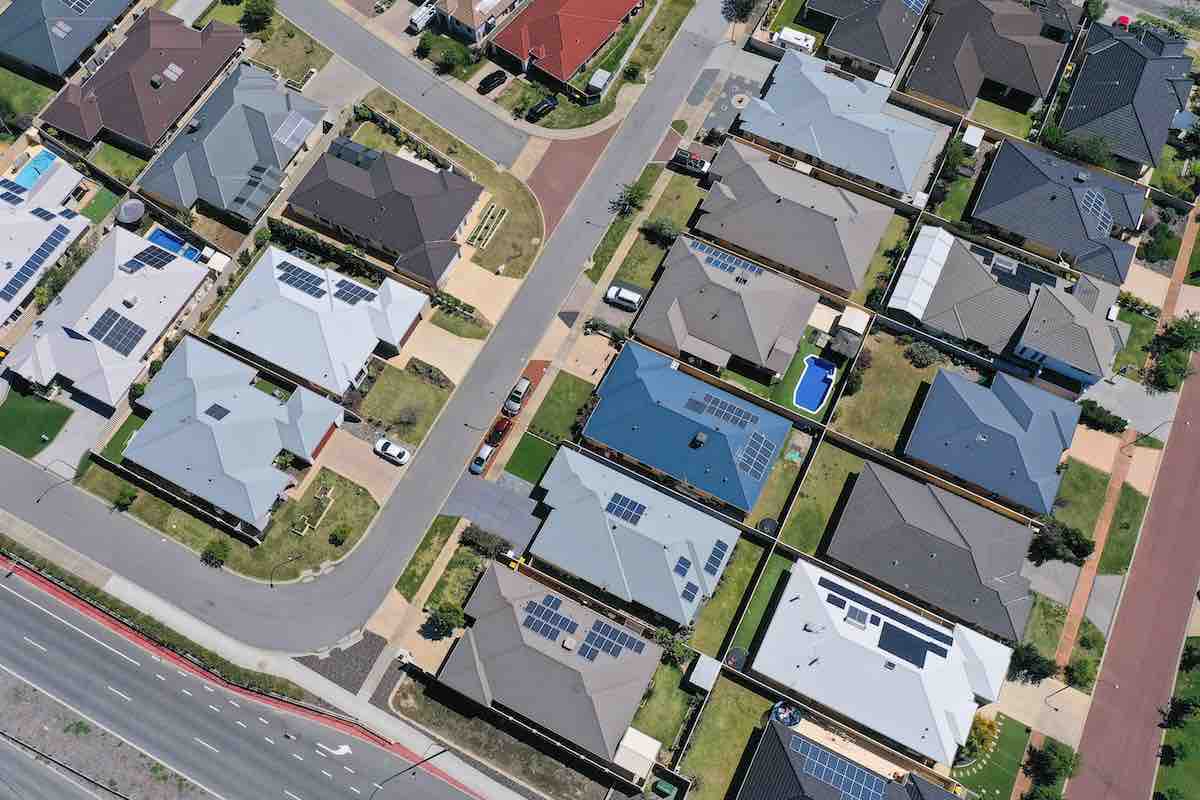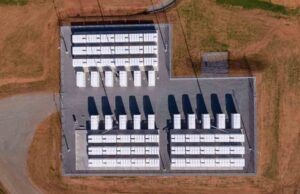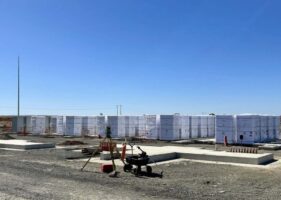Western Australia’s largest virtual power plant, taking in 300 customers and 650 behind-the-meter energy generation and storage assets, has gone live on the state’s main grid.
The $35.5 million trial, called Project Symphony, aims to “orchestrate” customer resources ranging from rooftop solar and battery storage to hot water systems and electric vehicles.
The pilot – a collaboration between Western Power, Synergy, Energy Policy WA, and the Australian Energy Market Operator – focuses on the southern Perth region of the South West Interconnected System, where more than 50 per cent of households have installed rooftop solar.
The aim is to simulate the two-way flow of electricity, from homes to the grid and back again, as we move away from power systems built around the one-way flow of power from centralised fossil fuel plants.
The timing of the trial couldn’t be better, with summer fast approaching and the state in the midst of a coal shortage that led to the September shut-down of the government-owned Collie coal power station until January 01 next year.
As RenewEconomy reported last month, WA energy minister Bill Johnston said the Collie closure was a precautionary measure during a period of low demand – thanks to strong contributions from renewables – to “stockpile” adequate supplies of coal for the peak summer months.
Johnston said wet weather and operational mishaps had contributed to limited availability of coal in Western Australia.
The trial also coincides with the state Labor government’s launch of a “summer readiness energy campaign,” raising awareness peak demand periods and encouraging “small changes” in consumer behaviour to manage those peaks.
The government wants households to consider taking measures like limiting the use of major appliances between 5pm and 9pm, keeping air conditioner settings at 24°C and using pool pumps during the middle of the day.
Western Power will also introduce targeted texts over the season, to alert customers if their suburb could be at risk of outages and to encourage them to reduce their energy.
Even without coal shortages and coal plant closures, the way households and businesses use the grid – and how the grid interacts with demand and supply from households and businesses – is undergoing dramatic and necessary change.
WA’s McGowan government – which this year announced plans to close all state-owned coal generators by 2030 – expects distributed solar and battery-based “virtual power plants” to be a big part of the future of the state’s grid.
Already, the state has a huge amount of rooftop solar systems, with recent government data suggesting home owners are installing it at a rate of 3,000 new households a month.
In 2021, WA households added 191MW of new panels to their rooftops bringing the total amount of residential solar capacity in the SWIS to 1,362MW.
Western Australia last year became the second in Australia to enable AEMO to order residential rooftop solar systems to be switched off remotely as an emergency measure to keep the grid stable.
But the much more preferable path is to avoid this sort of blunt-instrument emergency measure through smart and “orchestrated” management of the assets, instead – hence, Project Symphony.
“In the face of a rapidly changing energy industry, customers’ rooftop solar systems, batteries, and air conditioning orchestrated together can play a meaningful role in providing services and stability to the network,” said Johnston on Friday.
“It’s great to see hundreds of customers embracing Project Symphony,” the minister said, noting that the trial win run until April 2023.
“Their participation will provide valuable insights into how Western Australia’s electricity system can be strengthened to continue to provide reliable, secure, and affordable power.”
The project’s importance extends beyond WA, too – which is why the federal government, through ARENA, has contributed $8.6 million to the cause. The McGowan government invested $19.3 million, and AEMO $7.6 million.










